What is Earth’s Geological Time Scale?
Tick, tock goes the clock
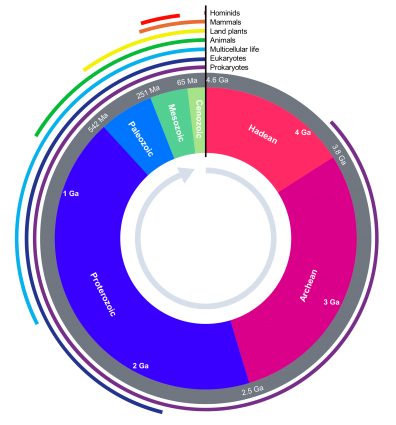
The geologic time scale of Earth is almost unimaginable to us. This is because humans’ lifespans are so short in comparison to the entire lifespan of Earth.
- We work in hours, days, months, and years.
- But the Earth works in hundreds of thousands and millions of years.
Geologists divide time into eons, eras, periods, epochs, and ages (from longest to shortest). So that means that timing is everything when it comes to the geologic time scale.
READ MORE: Earth Timeline: A Guide to Earth’s Geological History and Events [Infographic]
How long is the geologic calendar?
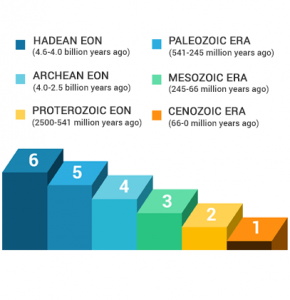
Earth’s age is approximately 4.5 billion years so that’s why we use billions, millions, and thousands of years as time markers. Typically, we use abbreviations like ‘Ga’ (giga-annum), ‘Ma’ (mega-annum), and ‘Ka’ (kilo-annum).
- ‘Ga’ or ‘Gya’ (billion) is 1,000,000,000 years ago
- ‘Ma’ or ‘Mya’ (million) is 1,000,000 years ago
- ‘Ka’ or ‘Kya’ (thousand) 1,000 years ago
For example, 2.5 Ga refers to 2.5 billion years ago. Because Earth is about 4.5 billion years old, we subdivide long chunks of time into eons, eras, periods, epochs, and ages.
“Time is the foundation of geology. Geologists chronologically order units of time into a geologic time scale. Each division of time identifies a prominent event or characteristic feature based on their record.”
What are the units of geologic time?
Eons
Eons are the longest division of geologic time. Generally, we measure eons as billions of years ago (Ga) and millions of years ago (Ma).
Geologists divide the lifespan of Earth into a total of 4 eons. From origin to now, Earth’s 4 eons are the Hadean, Archean, Proterozoic and Phanerozoic Eon. The Hadean, Archean and Proterozoic eons are sometimes grouped as the Precambrian Eon.
Eras
Eras are divisions of geologic time shorter than eons but longer than periods. In terms of geochronological units, there are 10 defined eras that generally span several hundred million years. For example, the Paleozoic, Mesozoic, and Cenozoic eras are within the Phanerozoic Eon.
Periods
There are 22 defined periods. Periods are divisions of geologic time longer than epochs but shorter than an era. Each period spans a length of tens to one hundred million years. Next, there are 34 defined epochs which generally last for tens of millions of years. The geologic time scale conceptually consists of periods that we break down into smaller epochs.
Epochs
Epochs are then divided into ages, which are the shortest division of geologic time. In terms of the number of geochronological units, there are 99 defined which can stretch over millions of years. Epochs contain minor differences between each unit. Some geologists divide ages even further. If you do so, chrons are the smallest working geochronological unit. However, these are less common.
“Geologists divide time into eons, eras, periods, epochs and ages. So that means that timing is everything when it comes to the geologic time scale.”
What’s an example of geologic time scale?
Let’s put what we know into practice. The Triassic period lasted about 50 million years and has a well-defined start and endpoint. Both the start and end concluded with catastrophic mass extinctions.
The Triassic Period is part of the Mesozoic Era and Phanerozoic Eon. The Triassic period has 3 epochs and 7 ages. Each of these shorter divisions of time identifies a notable event or characteristic feature based on its record.
The Triassic period started 252 million years ago after Earth’s largest extinction event in history. It’s also known as the “Great Dying” because it killed 96% of all marine species and an estimated 70% of land species. Then, it had an abrupt ending in 201.3 mya during a less severe Triassic–Jurassic extinction event.
Who is the International Commission of Stratigraphy (ICS)?
The International Chronostratigraphic Graph is like a giant directory of geologic time units. From signatures inherent in rocks, geologists can estimate the true age of the earth. By tracing back on embedded fossilized organisms in rock strata, we can achieve a context of time.
Because we can date rocks through stratigraphy, we can achieve a better understanding of geological events in Earth’s history. Based on our geological time scale, we can better understand the theory of evolution and origin of life on our planet.
“The role of the International Commission of Stratigraphy (ICS) is to chronologically order Earth’s geological time scale into an International Chronostratigraphic Graph.”
An overview of geologic time
Tick, tock fellow geologists. Now, you have a good understanding that time is the foundation of geology. The concept of time is the fundamental cornerstone of geology, serving as the unerring pulse that shapes the Earth’s geological history.
Geologists, in their pursuit of understanding the Earth’s dynamic processes, rely on time as the key to unraveling the mysteries of our planet’s formation and evolution. It’s through the meticulous study of rock layers and fossils that have shaped landscapes over millions of years.
This is how geologists have learned about the deep-time narrative of Earth’s geological past. On top of that, it allows them to piece together the remarkable story of our planet’s geological history, one tick and tock at a time.
Got a question about geologic time? Please let us know if you have any questions below.

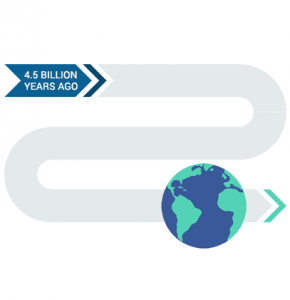
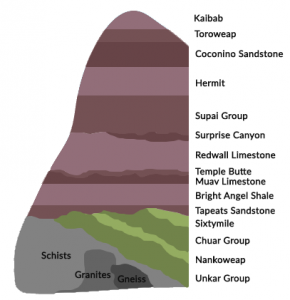

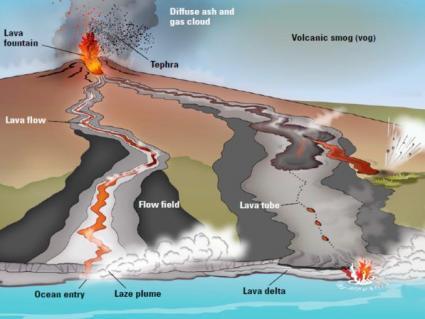
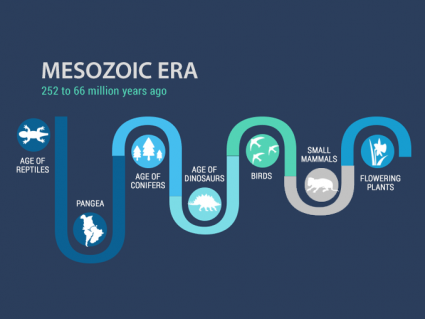

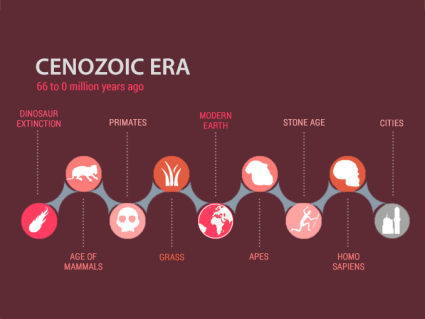
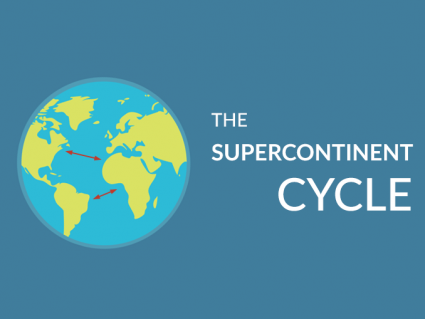
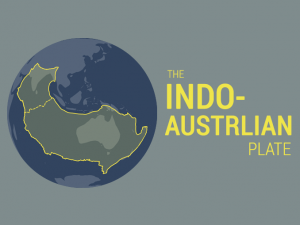
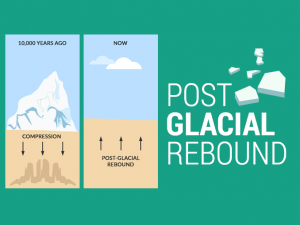
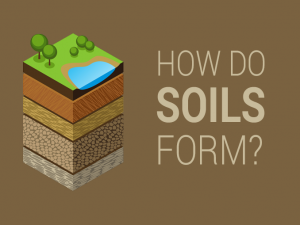
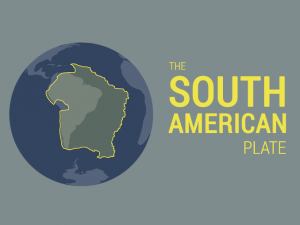
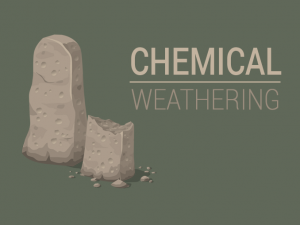
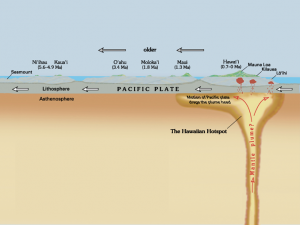
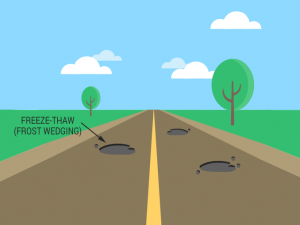
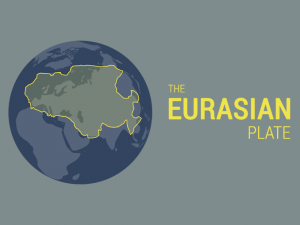
This is wonderful distillation of Gaia’s long and complex history.
A small point. The title of your Archean slide is “Archean Era”.
I think this should be “Archean Eon”.
Is the age of the earth in long or short scale billions ?
I cannot thank you enough for compiling all of this information! It is so hard to find this information in an approachable, easy-to-read manner like this.
One small error, I think. In the Periods section, you mention there are 34 defined epochs. In the Epochs section, you say there are 99 epochs. I think what you meant to say was 39 epochs and then 99 ages, but I could be totally wrong.
Thank you again for the time and effort of pulling this all together! 🙂
I thought that is helped my understanding of the history of earth